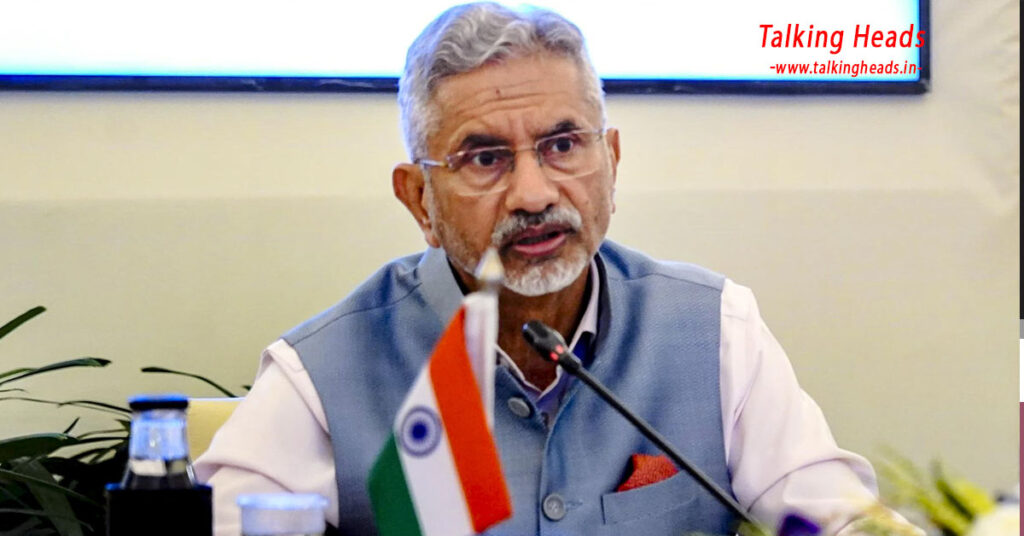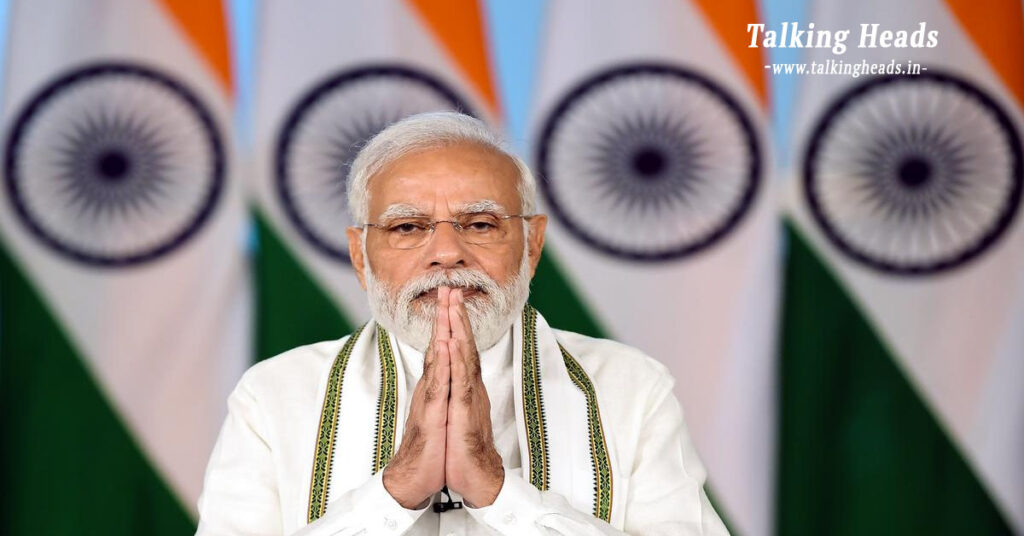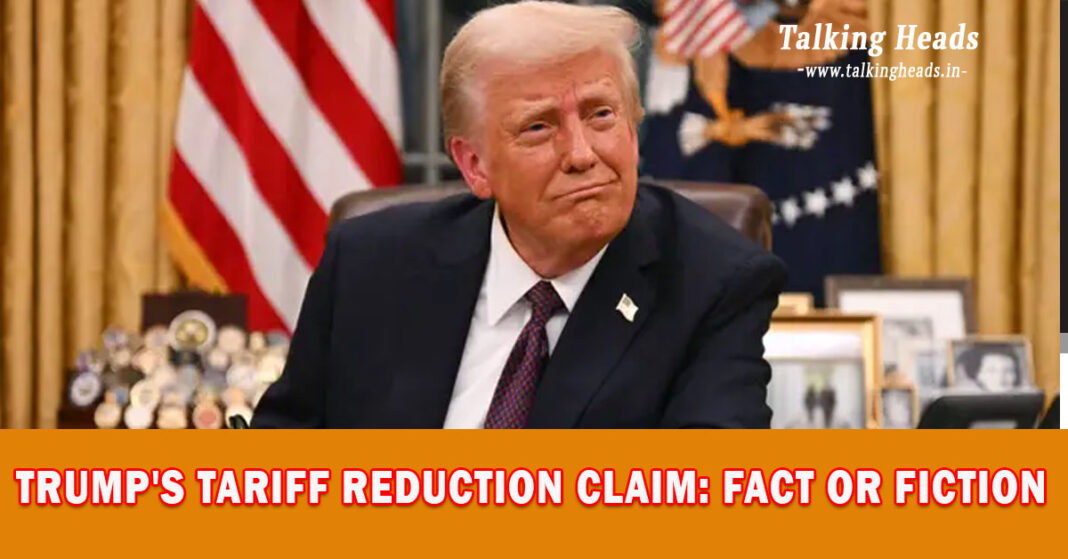Trump’s Tariff: On 7 March, 2025, while attending a press meeting at the Oval Office, President Donald Trump made a statement on live television asserting that India had agreed to roll back its tariffs. He held this as testimony to the actions of the U.S., for exposing India’s trade policies to the world. The claim sent shockwaves and caused heated exchanges regarding India’s trade policy and the potential economic implications. But is this claim fact or fiction, and how will it affect the Indian economy? In our analysis here, we examine the likely outcomes of such a decision, including its impact on Indian consumers, firms, and the overall economy.
Table of Contents
Trump’s Tariff Reduction Claim: Fact or Fiction
Trump has been critical of India’s tariff regime for a long time, frequently complaining that India imposes excessively high duties on American products. At the March 7 press conference, he went ahead and declared India was now willing to reduce its tariffs significantly. He pointed out that India had been imposing significantly higher tariffs than the United States, and as India’s practices were becoming increasingly exposed, the nation was exhibiting signs of compromise.

But the Indian government has so far not come out with a formal statement confirming Trump’s assertion. On the same day, the Ministry of External Affairs admitted that India was exploring the possibility of lowering tariff and non-tariff barriers in its bilateral trade with America. This confirms that negotiations between the two countries may actually be taking place, particularly since, earlier this year, India initiated initial steps towards lowering tariffs on some U.S. imports.
India’s Recent Steps to Reduce Tariffs on U.S. Products

India has already made moves towards reducing tariffs, even prior to Trump’s recent remarks. In its 2025 budget, India has proposed tariff reductions on several U.S. products, including:
•Tax reduction on motorcycles with engines less than 1600cc.
•Reduction in import taxes on automobiles worth more than $40,000 from 125% to 70%.
•Removal of tariffs on lithium-ion batteries.
•Reduction in tariffs on U.S. bourbon whiskey from 150% to 100%.
These moves imply that the Indian government has been gradually moving in the direction of tariff cuts, especially on products that are pertinent to both U.S. and Indian economies.
What Would Tariff Reduction Mean for Indian Consumers?
Experts also caution that though tariff reduction will reduce the prices of imported products, the Indian consumer’s overall situation might be more complex. Foreign products might become cheaper due to lower tariffs, but local industry might be affected. If foreign products are made cheaper, demand for Indian-made products might decline, affecting domestic production and employment.
Indian farmers, workers, and labourers in unorganized sectors might especially be hit hard, since the import of cheaper products could undermine the market for domestically produced goods. As imports grow and local production decreases, unemployment may increase, increasing income disparity.
The Economic Impact of Lower Tariffs on India’s Economy

India and America conduct trade to the tune of $42 billion a year. What would the effect on the general economy be, then, if India were to reduce its tariffs?
1. More Competition for Indian Firms
By slashing tariffs, U.S. firms would be able to price their goods competitively in the Indian market. This could translate to more competition for Indian manufacturers, particularly in product segments such as electronics and vehicles, which would find it challenging to compete against foreign brands.
2. Imports Increase
If tariffs are cut, imports from the U.S. will most likely rise because American products become more affordable. Although this can help Indian consumers in the near term, it can expand India’s trade deficit, potentially affecting the country’s economy in the long run.
3. Weaker Rupee
Rise in imports will lead to additional demand for the foreign currency, mostly the American dollar. It could debase the Indian Rupee, so future imports are costly and overall Indian import bill goes up.
4. Reduction in Foreign Investment
Indian businesses could become less popular with foreign investors if the tariff cuts increase competition from foreign corporations. American businesses could also steer clear of creating factories in India if they are able to send their products out cheaper and easier. This can lower foreign direct investment (FDI) into India, which has been a vital component in growth in the economy.
What If India Does Not Reduce Tariffs and the U.S. Retaliates
If India refuses to reduce its tariffs, the U.S. would impose retaliatory tariffs on Indian products. Such an action would have serious ramifications:
1. Higher Export Price for India
If retaliatory tariffs are enforced, Indian exports to the U.S. might be more costly, particularly for products such as food items, textiles, electric machinery, precious stones and jewelry, drugs and pharmaceuticals, and vehicles. This would increase the cost of Indian products for the U.S. market and render them non-competitive.
2. Lower Trade Surplus
India has a trade surplus with the U.S. at present because of lower tariffs on Indian products. If the U.S. raises tariffs, India will lose some of this benefit, and this could lead to a lower trade surplus.
3. Foreign Investment Boom
Conversely, increased tariffs on Indian imports could encourage American firms to establish manufacturing centers within India in order to circumvent such levies. This would increase foreign direct investment (FDI) into India, something that could counteract many of the otherwise adverse effects of the tariffs.










